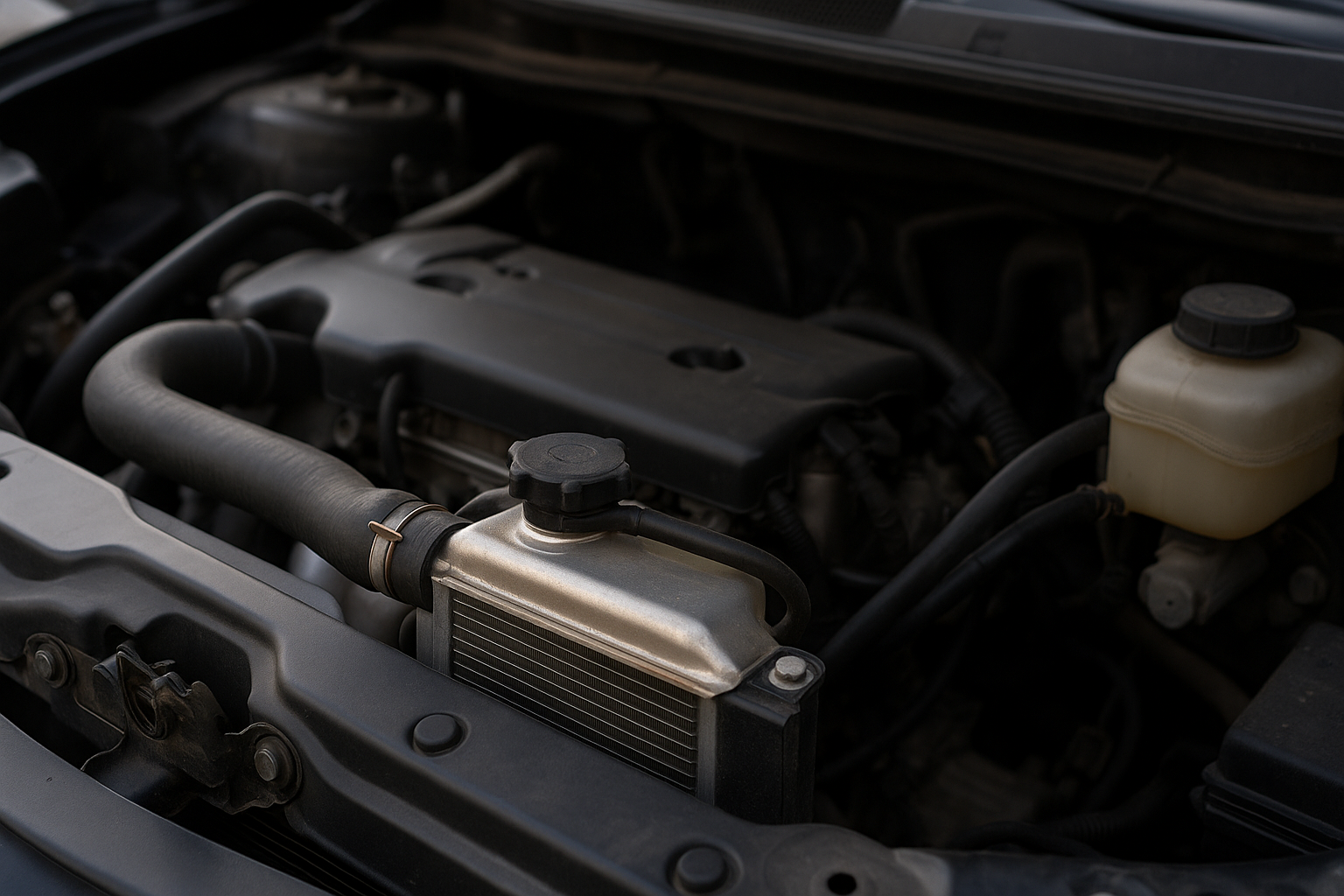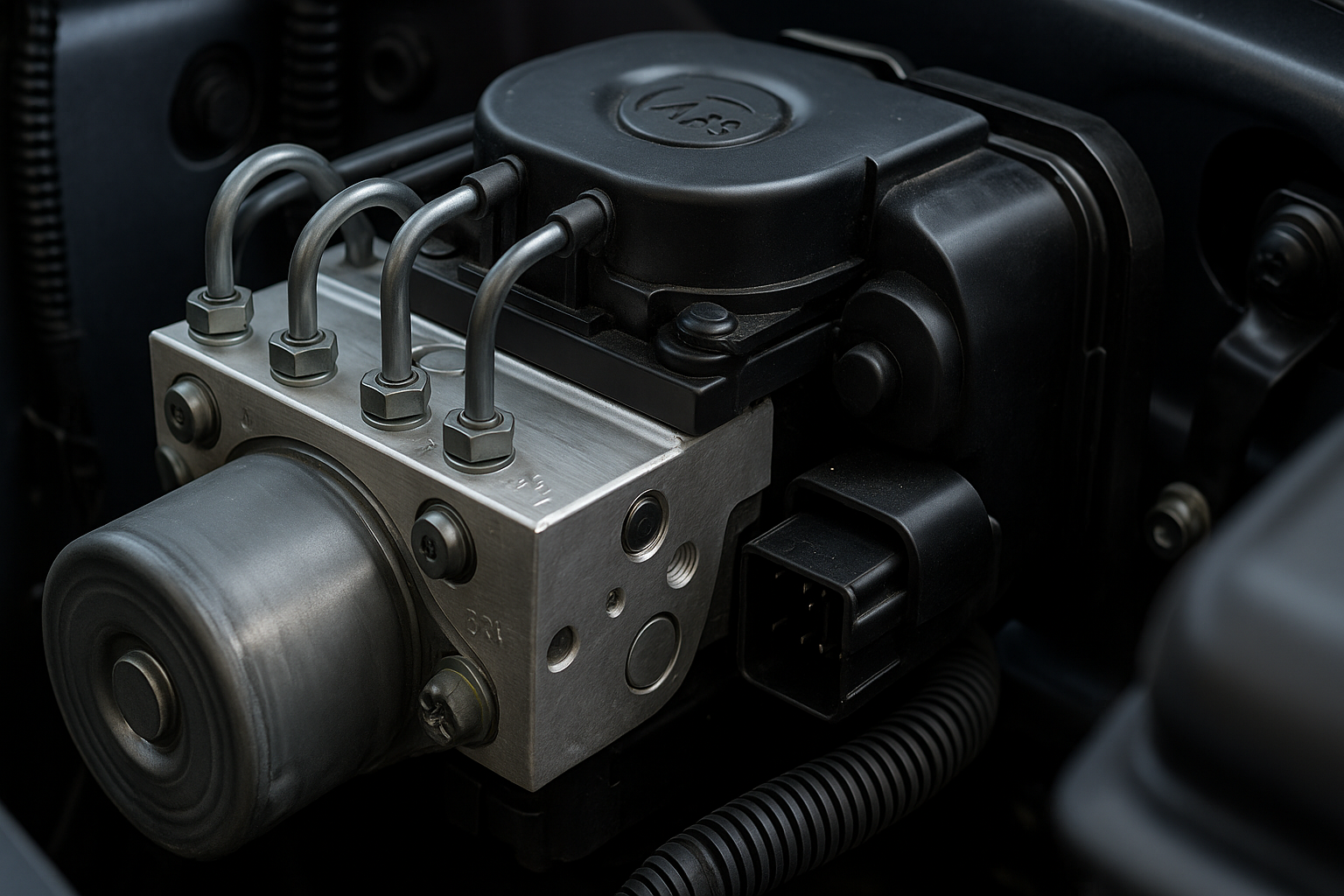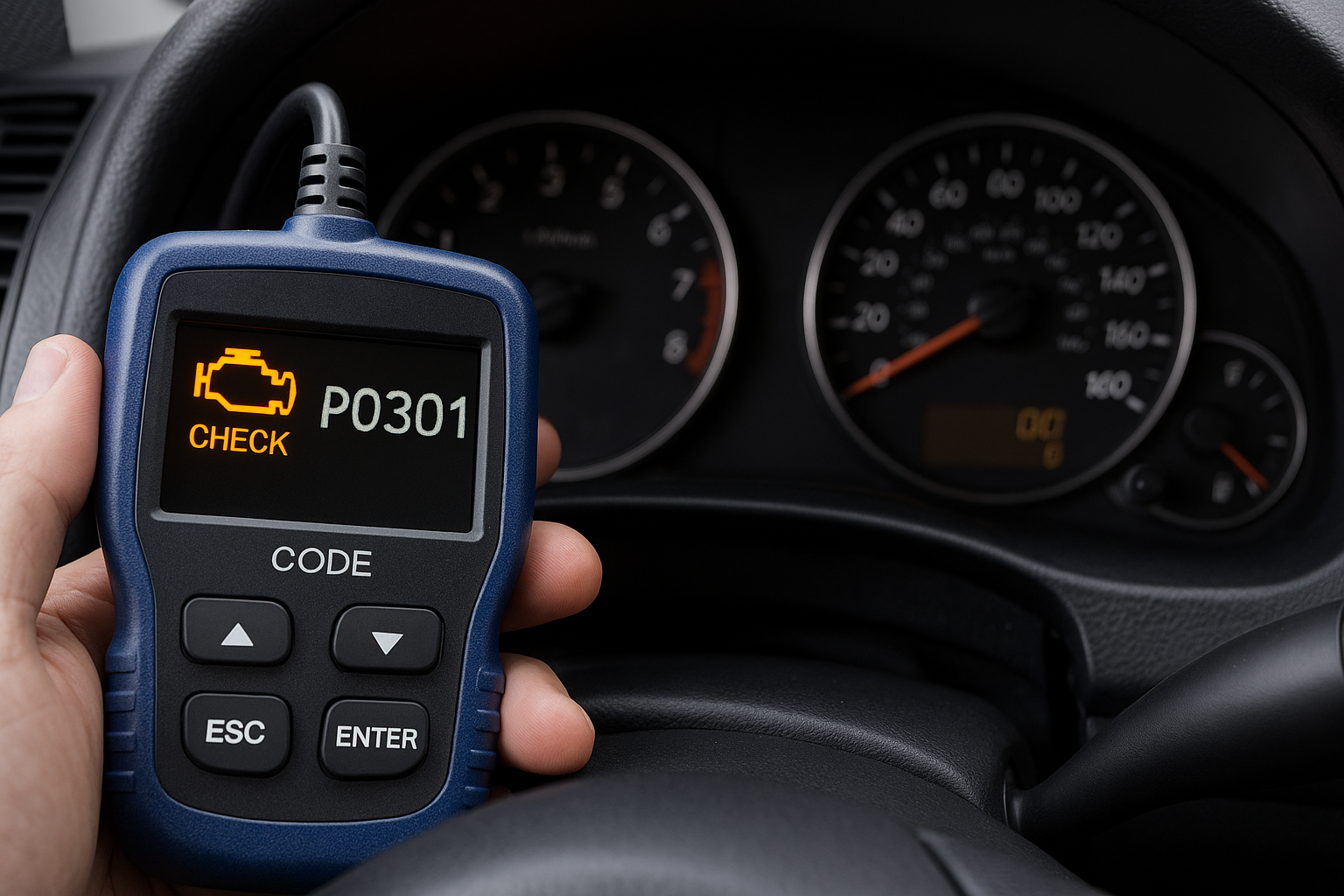An effective cooling system overview is essential to keep your engine operating within safe temperature ranges. Without proper engine cooling, internal components can warp, seize, or suffer premature wear. In this guide, we’ll explore how the primary components—including the radiator function, water pump, thermostat, and hoses—work together to regulate temperature and protect your vehicle’s heart.
1. Cooling System Overview
The car’s cooling system is a closed-loop network that circulates a water‑based coolant through the engine, absorbing and dissipating heat. Key elements include:
- Coolant: A mixture of water and antifreeze that transfers heat efficiently and resists freezing.
- Water Pump: Drives coolant flow through the circuit.
- Thermostat: Regulates coolant flow based on temperature.
- Radiator: Releases heat from the coolant into the surrounding air.
- Hoses & Passages: Connect all components and guide coolant through the engine block and cylinder head.
- Cooling Fans: Pull air through the radiator when vehicle speed alone isn’t enough.
By continuously cycling coolant through hot and cool zones, the system maintains engine temperatures typically between 180 °F and 220 °F (82 °C–104 °C).
2. Radiator Function
The radiator function is to discard heat absorbed by the coolant. As hot coolant enters the radiator’s top inlet, it travels through a network of thin tubes and fins:
- Tubes: Carry coolant down through the core.
- Fins: Expand surface area to accelerate heat transfer to passing air.
Airflow—either from forward motion or electric fans—draws heat away, cooling the fluid before it returns to the pump. A well‑maintained radiator core ensures efficient heat rejection and prevents hotspots in the engine.
Radiator Cap & Pressure
The radiator cap maintains system pressure, raising the coolant’s boiling point. At around 15 psi above atmospheric pressure, the boiling point can exceed 265 °F (129 °C). This keeps the coolant liquid under high temperatures, ensuring uninterrupted circulation.
3. Coolant Flow & Water Pump
The water pump is the mechanical heart of the cooling loop. Driven by a belt or electric motor, it pushes cooled fluid from the radiator into the engine’s passages:
- Coolant enters the front of the engine block, absorbing heat around cylinders.
- It then flows upward into the cylinder head, cooling combustion chambers and valves.
- Hot coolant exits the head and heads back to the radiator for heat rejection.
Consistent flow prevents localized overheating and maintains uniform temperatures across all engine parts.
4. Thermostat Operation
The thermostat is a temperature-sensitive valve placed between the engine outlet and radiator inlet. When the engine is cold, the thermostat remains closed, allowing coolant to circulate only through a bypass loop. This speeds up warm‑up and ensures efficient combustion. Once the coolant reaches approximately 195 °F (90 °C), the valve opens, directing fluid through the radiator core for cooling.
5. Cooling Fans & Auxiliary Components
At low speeds or idle, airflow through the radiator may be insufficient. Electric or belt‑driven fans engage based on coolant temperature or A/C usage, forcing air through the core. Additional parts supporting engine cooling include:
- Overflow Reservoir: Captures expanding coolant and returns it as temperatures drop.
- Hoses & Clamps: Flexible connections that withstand heat and pressure.
- Heat Exchanger / Heater Core: Transfers engine heat to the cabin for defrost and HVAC.
6. Maintenance Tips
To keep your cooling system performing optimally:
- Inspect & Replace Coolant: Change every 2–5 years per manufacturer recommendations.
- Check for Leaks: Examine hoses, radiator seams, and pump seals regularly.
- Test Thermostat & Cap: Replace if you notice slow warm‑up, overheating, or frequent boil‑overs.
- Clean Radiator Fins: Remove debris to maintain unobstructed airflow.
- Monitor Fan Operation: Ensure fans engage when the engine is hot or A/C is on.
Conclusion
A robust cooling system overview reveals how interdependent components—from the radiator function to the water pump and thermostat—collaborate to deliver reliable engine cooling. Regular inspections, timely coolant changes, and attention to hoses and fans will help your vehicle resist overheating and extend engine life, ensuring dependable performance in all conditions.





